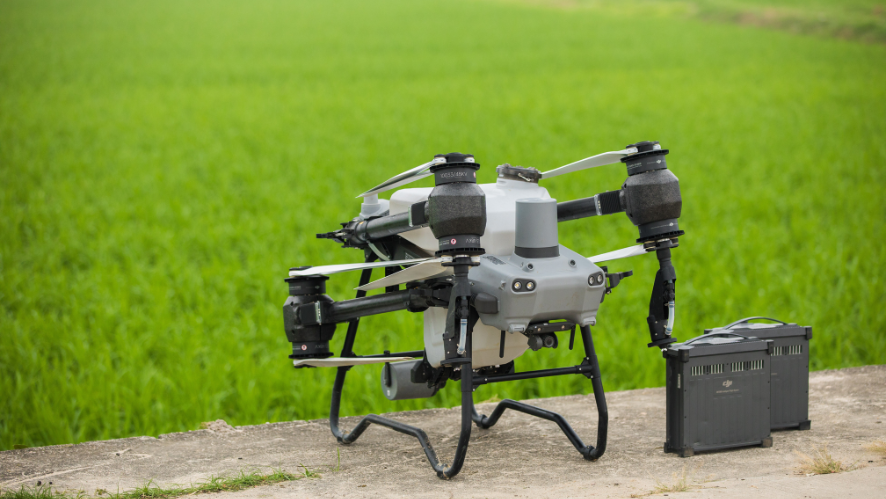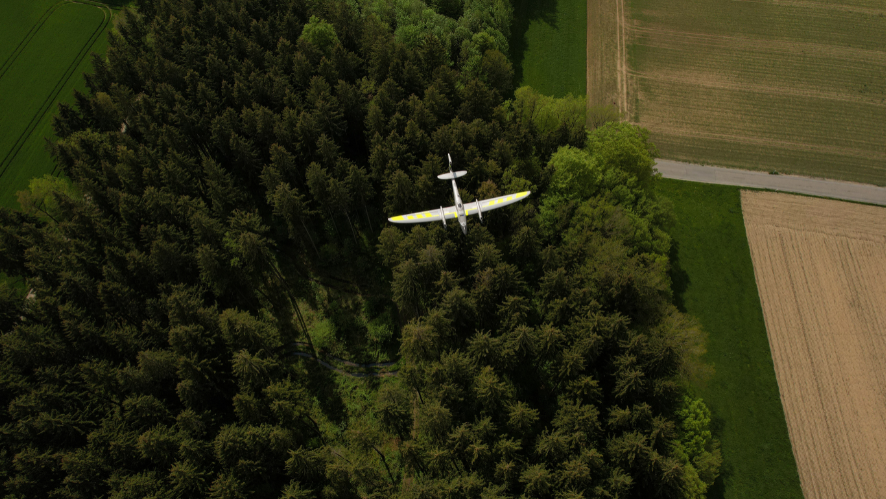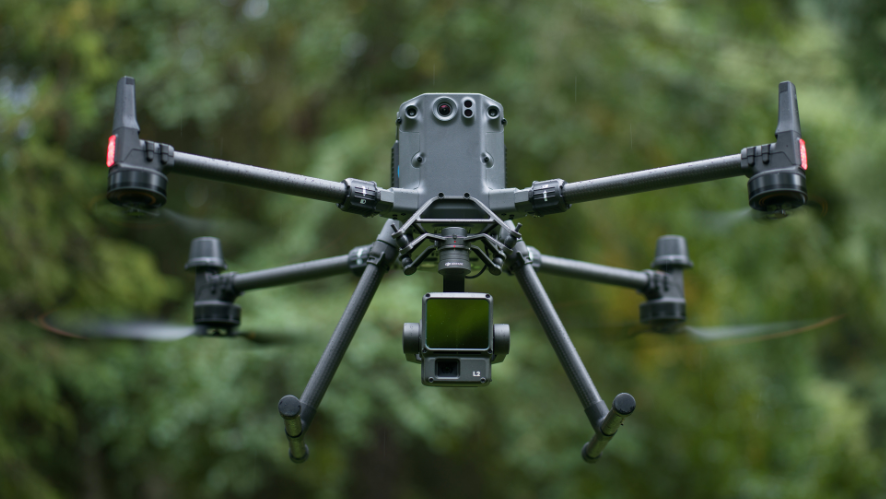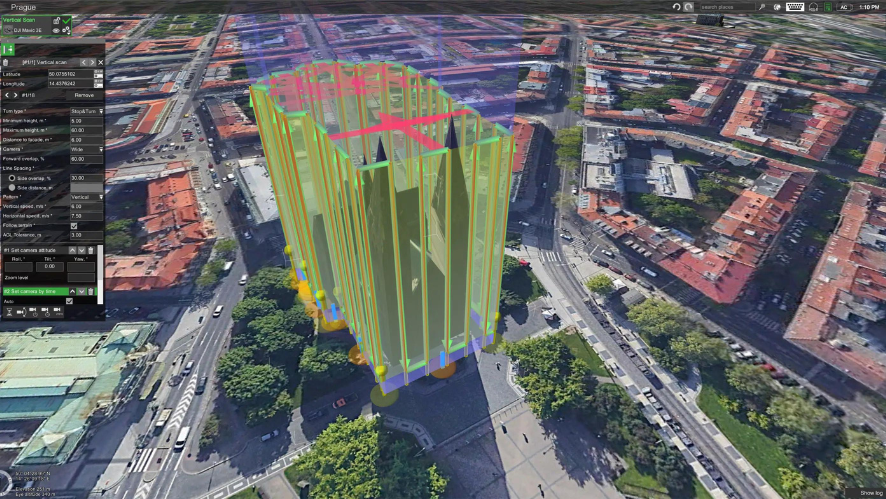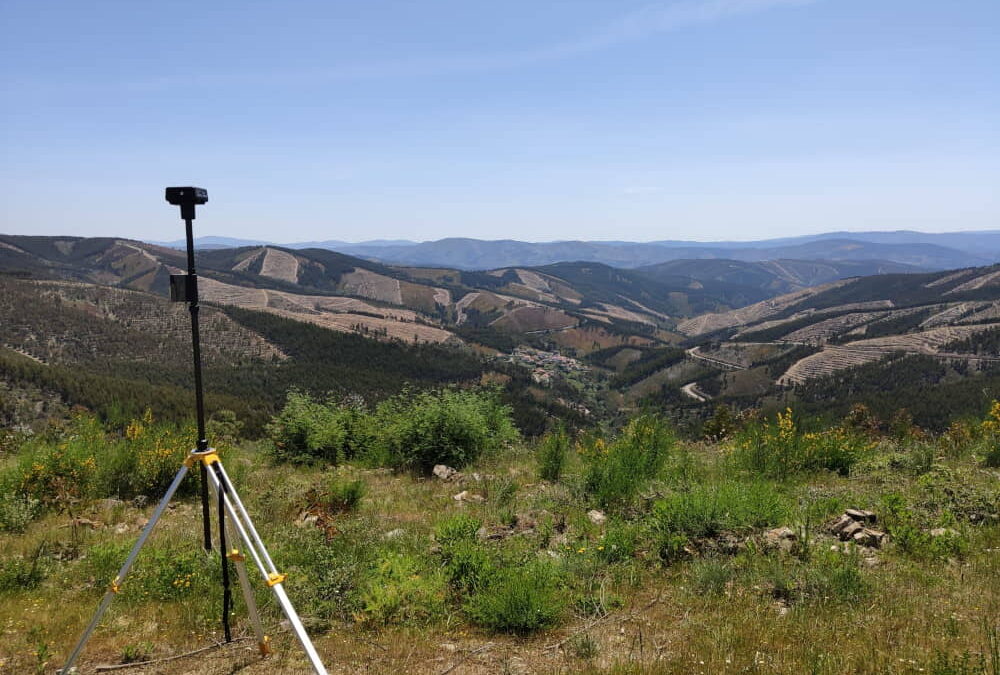The drone industry has experienced tremendous growth in recent years. A UAV can be defined as an unmanned aerial vehicle that is capable of autonomously maintaining a controlled and sustained level of flight. Over time, these devices have been offering new features, such as RTK, known as Real Time Kinematic.
What is RTK in drones?
Real Time Kinematic, also known by its acronym RTK, is a technique that offers high precision in determining the position of the receiver. It uses the signal received from satellite-based positioning systems such as GPS, Galileo, BeiDou and GLONASS. The result is much more accurate than traditional GNSS solutions, which are based on the position of different devices, such as smartphones and handheld devices, among others.
Real Time Kinematic is, as mentioned above, a surveying technology that measures relative positions using two Global Navigation Satellite System (GNSS) antennas in real time to obtain greater accuracy. Errors found in the GNSS results are determined and corrected using RTK technology.
RTK can be used to improve the positional accuracy of VBOX GPS systems. To do this, it will be necessary to calculate and transmit the differential correction data via a radio system with which the roving GPS system corrects its position. Since a single base station can be used simultaneously by all receivers within the corresponding range, fixed stations are ideal for test fields or test tracks, confined spaces in an area of up to 10 kilometers to ensure maximum safety.
How does RTK work?
An RTK system consists of a base station and a mobile device. The first of these objects is able to calculate the location through the signal received from the GNSS satellites. This is done by means of a measurement technique with which it is possible to identify any errors and generate a correction signal. This is transmitted in real time to the mobile in order to improve its own position.
The radio data transmitter (base station) consists of an antenna, a radio modulator and an amplifier. The modulator converts the correction data into a radio signal. The amplifier increases the power of the signal, which determines the position to which the information can travel.
It is important to note that it takes some time for the base station to calculate the corrections and pass the data in the correct format in which it can be transmitted. This time is called communication latency and can vary depending on various circumstances. Since the base station corrections are only accurate at the time they were created, it is advisable to send a range rate correction along with them. In this way, the rover can backtrack the correction and match the exact time at which it made the same observation. It is recommended that the distance between the base station and the mobile station be between 6 and 12 miles, otherwise there may be failures in transferring the correction data.
What are the main advantages of RTK (Real Time Kinematic)?
As we have mentioned in the introductory section, thanks to the technological evolution that is being experienced during the last years, drones incorporate new features, being, among many others, RTK one of them. Next, from HPDRONES we will mention and explain more in depth some of the main advantages that this feature has in UAVs.
- High accuracy in real time. Due to the receivers, users who operate UAVs from the surface receive very accurate data thanks to which they can make much more optimal decisions. RTK can achieve high-precision measurement in 3D location measurement.
- Greater homogeneity in the aerial position of the drone. RTK technology allows greater homogeneity when calculating the positions of the UAV. Real Time Kinematic extracts the information as the mobile receiver, i.e. the drone, moves through the air.
- It achieves a long range. Real Time Kinematic manages to cover a wide aerial space with only one fixed base. In other words, this technology makes it possible to achieve a good connection between the fixed receiver and the mobile receiver without the need for multiple signals. This is another of its main advantages.
What are the different uses of RTK (Real Time Kinematic)?
In the following, we will mention and explain in more depth some of the main uses that RTK can have.
- Infrastructure inspection. UAVs with RTK technology are perfect for carrying out in-depth technical inspections of infrastructures and facilities. As we mentioned in the previous section, one of their main advantages is that they provide highly accurate data that operators receive and handle from the surface.
- Mapping and supervision. Mapping and monitoring are two of the other main possibilities offered by this type of technology. UAVs with RTK technology are perfect for obtaining accurate data in this type of tasks.
- Review of offshore platforms. As this type of structures are located in the middle of the sea, being their revision dangerous for any operator, drones with RTK technology reduce risks. In addition, thanks to their accuracy in data collection, this type of UAVs is ideal, not only to analyze the state of such platforms, but also to make decisions accordingly.
RTK drones for photogrammetry
Photogrammetry has become a widely used technology in aerial image processing. Compared to more traditional alternatives, photogrammetry has proven to be not only much faster, but also cost-effective. For its optimal realization, RTK drones are perfect, this being one of its main uses.
However, before making a decision, it will be necessary to take into account a number of elements, such as flight time, camera, transmission range, portability and cost of the UAV. Knowing this first hand will directly influence the final decision that the customer may make.
The best drones with RTK technology at HPDRONES!
HPDRONES offers a multitude of possibilities from which to meet the different needs that customers may have. All UAVs with this technology that the company has are manufactured from quality materials and belong to the best manufacturers in the market. In this way, all those operators who handle them, as long as they have the necessary knowledge, can benefit from all its positive aspects: greater accuracy when collecting data and a high capacity to make the best decisions.
HPDRONES is a market-leading UAV specialist. Its team has extensive knowledge of both marketing and services provided. It offers consulting, hardware and software solutions tailored to the specific needs of each customer.
In addition, it has a support service so that, in the event of any type of breakdown, a team of professionals will take care of the repair and maintenance.
In conclusion with all the above mentioned, technology has been advancing over the years. Drones have been incorporating new features and characteristics, such as, for example, Real Time Kinematic. This new feature that some UAVs currently have offers many advantages to their operators: longer range, more homogeneity in the aerial position of the drone and more precision obtained in real time. Its uses are very varied, being photogrammetry one of the main ones. If you have any questions or are interested in more information about RTK, please contact us!







